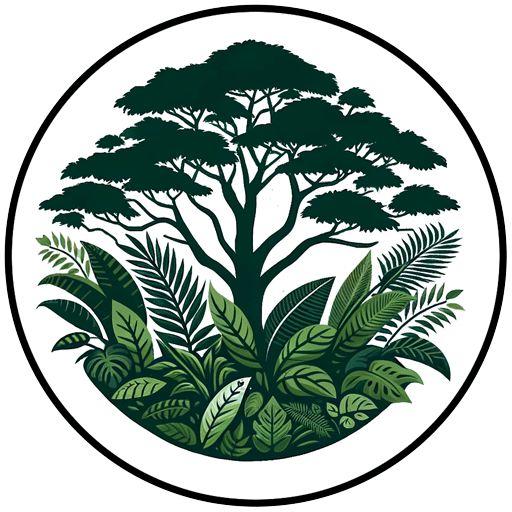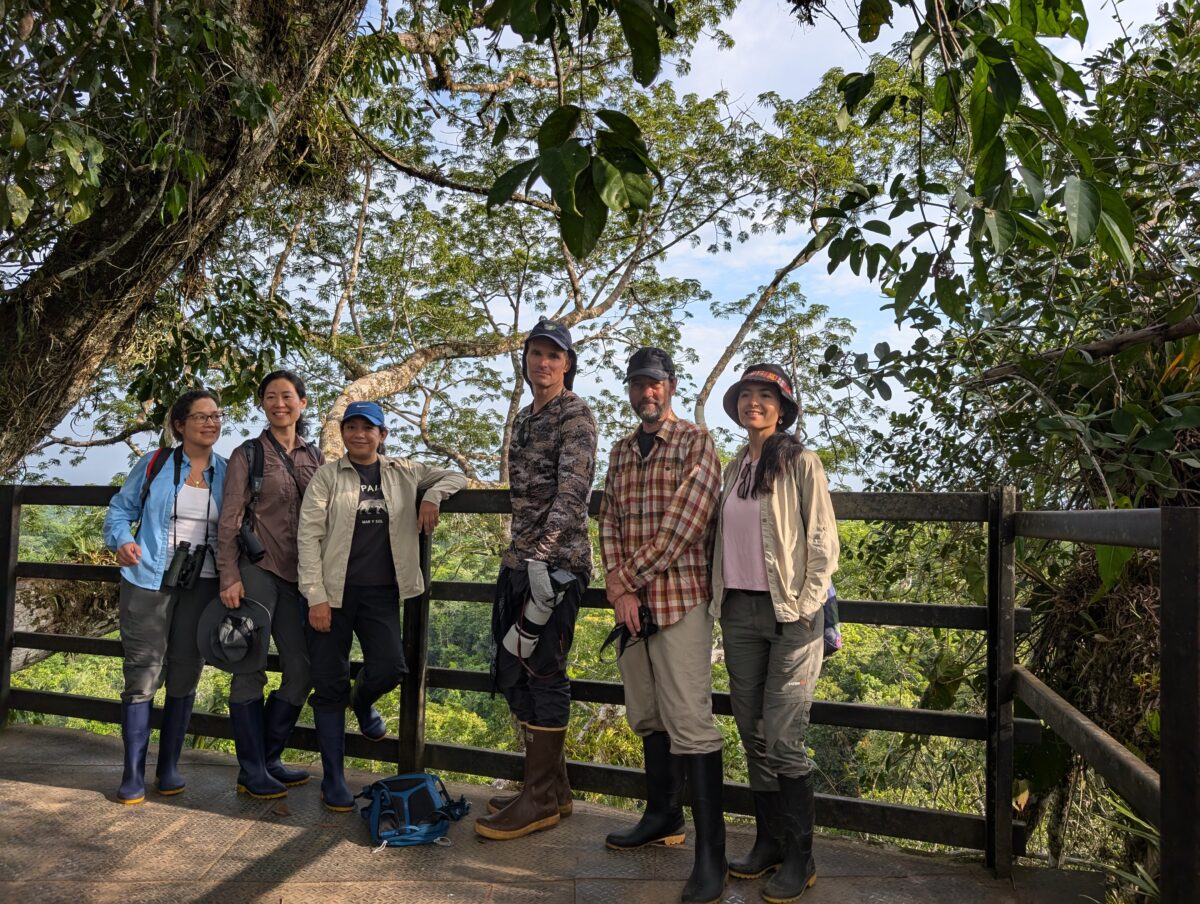20 years ago, I started Mongabay News with a laptop, a dream, and a sense of urgency — here’s what’s next.
Last month marked 20 years since I started Mongabay’s news service.
In those early days, it was just me—working from my apartment or traveling with a laptop, publishing articles primarily about tropical forests. My goal was to build on my 6-year-old rainforest information site with updates about what was happening to forests, their peoples, and wildlife—and why it mattered. I wanted to bridge a gap I saw between advocacy publications and mainstream news media.
From that modest beginning, Mongabay steadily expanded. Eventually, a second writer, Jeremy Hance, joined me. The real catalyst for growth, though, came when I decided to establish a non-profit. That meant stepping away from journalism to focus on building infrastructure to support journalists around the world. It wasn’t an easy decision, but I believed the long-term impact would be worth it.
Our first initiative was Mongabay-Indonesia, an Indonesian-language news service, followed by Mongabay Latam (Spanish), Mongabay India, and others.
Today, Mongabay produces original reporting in six languages through a network of journalists in 80 countries, covering issues where people and nature intersect.
While the media landscape has shifted dramatically—new platforms, changing algorithms, new ways of reaching audiences—our commitment to high-quality, independent reporting has remained steady.
Looking ahead, Mongabay is entering a new phase of expansion under our 2030 strategic plan. In the near future, you’ll see:
🐡 Strengthened coverage of oceans and pollution;
🌈 Expanded solutions journalism, from Indigenous-led conservation to emerging technologies;
🎓 Growth in our fellowship and training programs;
🛰️ New ways of leveraging “big data”, including primary data sources; and
🎙️ New strategies for reaching frontline communities that have historically been underserved with environmental information.
On that last point: we’re working to increase the flow of information in both directions—not just telling stories from the field, but elevating insights from communities and surfacing early warnings about emerging challenges.
We’re also keenly aware of the growing risks facing journalists. Reporting from nature’s frontlines can be dangerous—not just for journalists, but also for the communities they rely on. Mongabay has implemented practices and protocols to prioritize safety for both.
Two decades in, there’s still so much more to do. The need for trusted, independent environmental journalism has never been greater.
Thank you for being part of this journey—and for supporting Mongabay’s growth, evolution, and impact.

